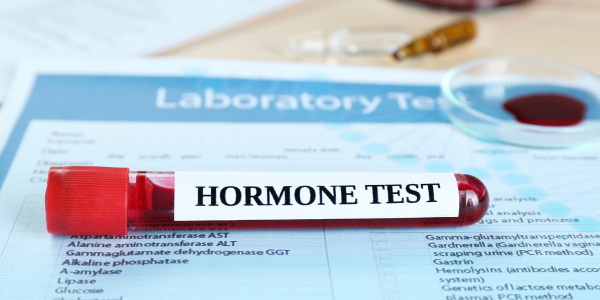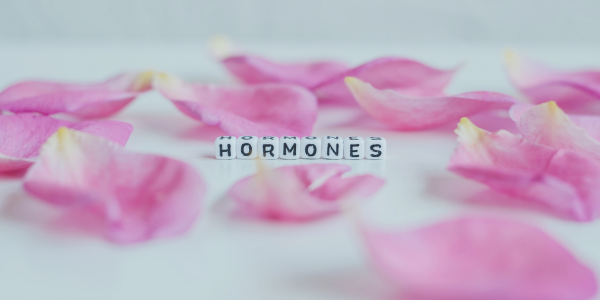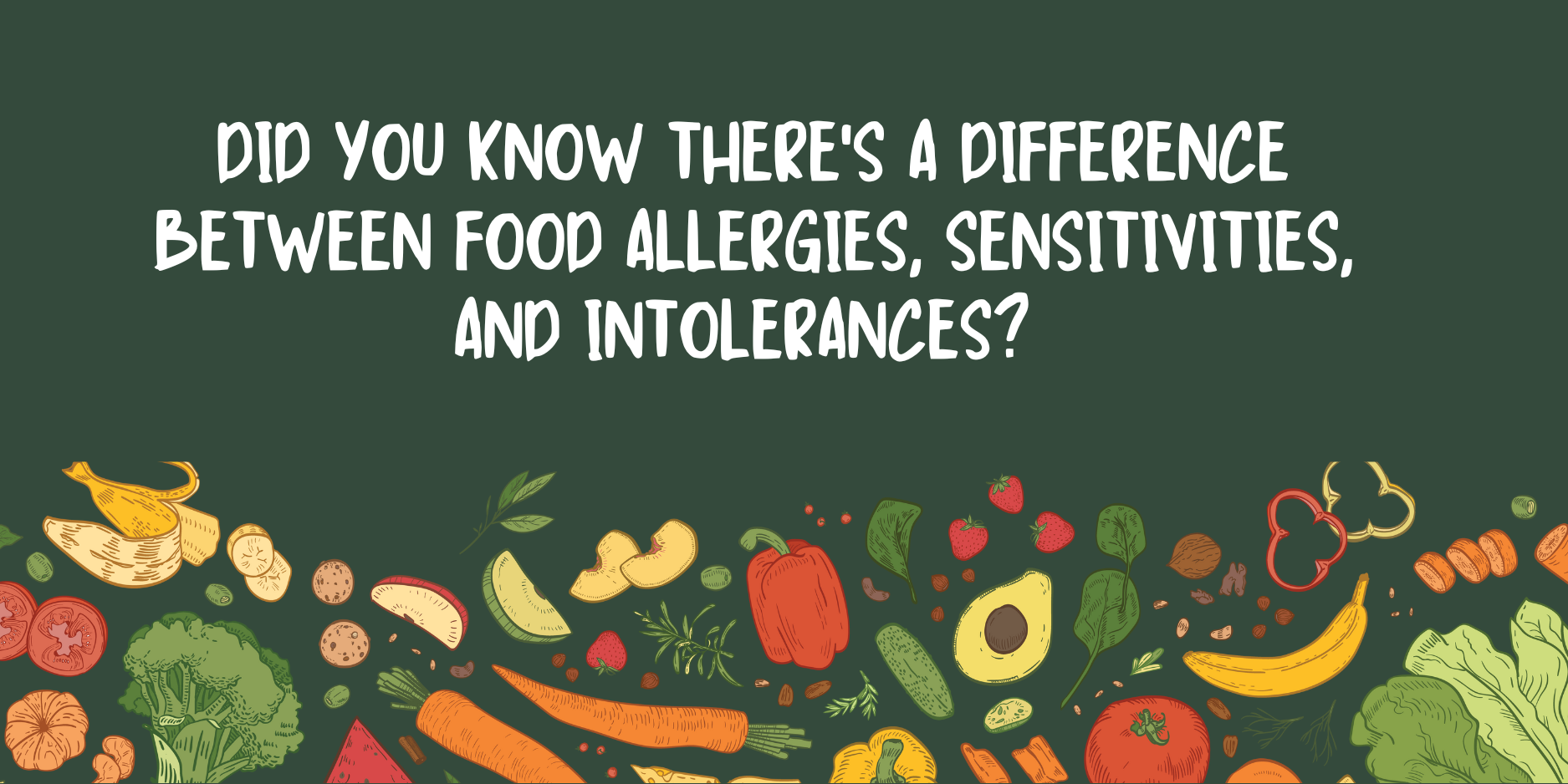

If you’ve ever struggled with painful periods – or know someone who does – you know how debilitating they can be. Both endometriosis and adenomyosis are known for causing painful menstrual cycles and they could be to blame.
Endometriosis affects around 10% of women globally, while adenomyosis affects up to 20% of women. While there are many similarities, both endometriosis and adenomyosis are unique. We’ll look at each, but first a quick overview of the female reproductive system.
The Female Reproductive System
For a woman without endometriosis or adenomyosis, the menstrual cycle occurs about every 28 days on average. Each month, the ovaries produce an egg (follicle). That egg is released and transported through the fallopian tube to the uterus. At the same time, the uterine lining thickens in response to normal hormone fluctuations. This uterine lining is called the endometrium. If the egg is not fertilized, the endometrium is shed signaling the start of the menstrual cycle.
Endometriosis
Endometriosis is an inflammatory process where the endometrial tissue grows outside the uterus. Fragments of the endometrial lining develop in other places such as the fallopian tubes, ovaries, small and large intestines, bladder, or abdominal and pelvic walls, and rarely faraway places like lung tissue. During each menstrual cycle, this aberrant tissue swells and breaks down, which is the root cause of symptoms.
Symptoms of endometriosis can include:
- Severe menstrual cramps
- Increased menstrual bleeding
- Painful bowel movements
- Painful intercourse
- Abdominal Pain
- Infertility
The cause of endometriosis isn’t fully understood but involves inflammation, altered immunity, genetics, environmental toxins, and excess estrogen. Treatment focuses on symptom management or, in some cases, surgical removal of endometrial lesions.
Adenomyosis
Adenomyosis is another painful inflammatory condition of the female reproductive system. In adenomyosis, the endometrial tissue grows into the uterus muscle (myometrium). This causes the uterus to get much bigger than normal. There is also an abnormal intrauterine response to progesterone due to downregulation of those receptors, and increased expression of estrogen receptors making the local environment in the uterus estrogen dominant and thus worsening symptoms. There is also abnormal generation of blood vessels in the uterus as well.
While symptoms are not always present, they can include:
- Heavy periods with clots
- Painful menstrual cramps
- Pelvic pain
- Painful intercourse
- Infertility
- Anemia and iron deficiency secondary to blood loss during period cycles
Endometriosis and Adenomyosis: What’s the Difference?
The difference between endometriosis and adenomyosis lies in where the endometrial tissue grows. With endometriosis, the endometrial tissue grows outside the uterus. It can involve the bowel, ovaries, fallopian tubes, or the pelvic and abdominal side walls. Adenomyosis is when the endometrial tissue grows into the muscle of the uterus.
How Do I Know if I Have Endometriosis or Adenomyosis?
Both endometriosis and adenomyosis are often difficult to diagnose. There’s no easy blood test. Many times, symptoms are the only thing a provider has to go off of. But additional diagnostics can include:
- Pelvic exam
- Transvaginal ultrasound
- Imaging such as an MRI
- Uterine Biopsy
- Laparoscopy
An official diagnosis of endometriosis is confirmed through laparoscopy, where a scope is inserted through a small abdominal incision. This allows the surgeon to look for endometrial tissue outside the uterus. In some cases, a biopsy is also done of this tissue.
Conventional Treatment of Endometriosis and Adenomyosis
In conventional medicine, endometriosis and adenomyosis are treated using birth control, NSAIDs, and potentially surgery. Birth control reduces hormones that regulate ovulation and the menstrual cycle. While it does not get rid of endometrial tissue that’s already present, it can help reduce further growth of lesions and relieve pain.
Pain is controlled with non-steroid anti-inflammatory drugs, such as ibuprofen, which can be truly helpful in both diagnoses.
Surgery is performed in some cases to remove endometrial lesions, and/or to do a hysterectomy (removal of the uterus).
But conventional medicine falls short of creating a comprehensive strategy for further symptom relief. Let’s look at some of the functional medicine approaches to endometriosis and adenomyosis treatments.
The Functional Medicine Approach to Endometriosis and Adenomyosis Treatment
Nutrition
Eating an anti-inflammatory diet supports general health, but it also helps with inflammation caused by endometriosis and adenomyosis. While additional research is needed to learn more about the effect of nutrition on symptoms, some studies have shown a positive effect of dietary interventions on symptoms. Eating a whole foods diet and limiting processed foods is a great place to start.
Sleep
Poor sleep quality is associated with pelvic pain in women with endometriosis. By improving the quality of sleep, one study found that the inflammation and pain related to endometriosis improved. Getting quality sleep each night is essential!
Exercise and Stress
Physical activity has many benefits. One is the ability to achieve exercise-induced pain relief. Exercise improves the quality of sleep, reduces stress, and provides anti-inflammatory benefits. Not just a benefit for general health, it supports effective pain control. Finding an activity, you enjoy is a great place to start.
Toxin Reduction
Toxins are all around us. Many of them are hormone-disrupting and exposure can impact health. Some studies have found that these toxins may even play a role in endometriosis. Unfortunately, toxins are all around us. Common ways to be exposed to toxins are in household cleaning products, plastic, and even food.
Here’s how to reduce toxin exposure and improve detoxification:
- Sweat often to support detoxification (Infrared sauna use is a great way to increase detoxification)
- Use natural household cleaning products
- Use toxin free personal care and skin care products
- Eat organic when you can, especially the dirty dozen
- Make sure your fiber intake is 30 grams per day or higher
- Ensure a daily bowel movement
- Drink half your body weight or more of clean filtered water
- Avoid heating up food or beverages in plastic (use ceramic, glass and stainless steel)
Balancing Hormones
Endometriosis and Adenomyosis are associated with estrogen dominance. With an excess of estrogen, a deficiency of progesterone can also occur. Both hormones help to regulate the menstrual cycle and cause the lining of the uterus to thicken. When they aren’t in balance, things don’t work as they should.
Balancing hormones through lifestyle modifications can be successful when done consistently over time. Estrogen detoxification is one thing to focus on to support hormone balance.
Tips for estrogen detoxification:
- Increase your fiber intake (see above)
- Increase intake of cruciferous veggies (like broccoli and brussels sprouts)
- Regular exercise, including cardio and weight training
- Reduce stress
- Limit processed foods and alcohol
- Reduce sugar intake
- Lose excess body fat
- Get high quality sleep
- Use herbs and seeds in cooking such as rosemary, mint, chives, sage, flax, pumpkin, and chia seeds
Many of these lifestyle changes also support a healthy metabolism, helping to balance estrogen and progesterone.
Supplements for Endometriosis and Adenomyosis:
NAC
N-acetyl cysteine increases glutathione, a strong antioxidant and aids in detoxification. Studies even show that NAC can help with endometriosis in the ovaries by reducing the size of cysts.
Curcumin
Curcumin, an extract from turmeric, has both anti-inflammatory and antioxidant properties. One study showed that supplementation with curcumin may help alleviate symptoms of endometriosis.
Milk Thistle
Milk thistle is a plant with anti-inflammatory and antioxidant properties. It helps reduce inflammation and supports detoxification. Taking a milk thistle supplement can also support your liver in detoxifying estrogens and toxins.
Sulforaphane
Sulforaphane is found in cruciferous vegetables like cabbage and broccoli. The supplement improves endometriosis by decreasing inflammation and inhibiting endometrial tissue growth.
DIM
Diindolylmethane, or DIM, also comes from cruciferous vegetables. It supports the elimination of excess estrogen by metabolizing estrogen into smaller fragments. These fragments are then easier to remove. It also supports metabolism of estrogens down a “healthier” 2-hydroxy pathway and away from an inflammatory and DNA damaging 4-hydroxy pathway.
Fiber
Increasing fiber levels reduces estrogen levels. It also supports healthy digestion and bowel function. Since excess estrogen leaves the body through the bowel, increasing fiber can help with hormone balance.
Painful Periods? We Can Help!
You don’t need to live without hope. Functional medicine can help. Painful periods don’t need to be your reality. If you or a loved one is struggling, our team of high-trained functional medicine providers can help. Get in touch here to make your first appointment.
Resources:
https://my.clevelandclinic.org/health/articles/9118-female-reproductive-system
https://www.medicalnewstoday.com/articles/birth-control-for-endometriosis#how-does-it-work
https://jcsm.aasm.org/doi/10.5664/jcsm.8464
https://www.ncbi.nlm.nih.gov/pmc/articles/PMC3950373/
https://pubmed.ncbi.nlm.nih.gov/20185384/
https://www.ewg.org/foodnews/dirty-dozen.php
Share:
Dr. Emily Parke
Social Media
Most Popular Posts
Subscribe To Our Newsletter
Related Posts

New Podcast Episode: My journey into functional medicine + what I’ve learned
I’m excited to share that I recently joined DeLo for Episode 165 of the On the DeLo podcast! In this conversation, we explored my journey

Understanding the Essential Labs for Women on Hormone Replacement Therapy (HRT)
So what are the minimum labs we’re looking at when we do hormone replacement therapy? We obviously want to look at an estrogen level, so

How to figure out the right amount of HRT in women
What about checking lab values when you’re on hormone replacement therapy? I do find it to be helpful, but we also want to consider symptoms.

Did you know there’s a difference between food allergies, sensitivities, and intolerances?
Did you know that there’s a difference between food allergies, food sensitivities and food intolerances? Food allergies, the reactions tend to happen pretty immediately and
